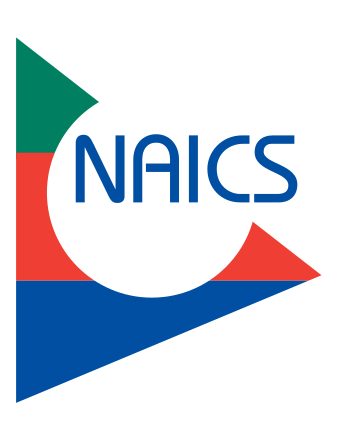A final rule was issued and went into effect on January 1, 2017, requiring certain employers to electronically submit injury and illness data to OSHA. OSHA has provided an online secure website (click here for the website) for submitting this information. Remember there is a new login procedure that became effective in October 2022. The OSHA Injury Tracking Application (ITA) transitioned its login procedure to the public's one account access to government applications, Login.gov. All current and new account holders must connect their ITA account to a Login.gov account with the same email address to access the application for the 2024 collection of Calendar Year 2023 Form 300A data. You can watch the video on creating this account here. You must submit this information by March 2, 2024, OSHA started collecting the information on January 2, 2024. If you meet the following criteria you DO NOT have to electronically submit your 300A information to OSHA:
- The establishment's peak employment during the previous calendar year was 19 or fewer, regardless of the establishment's industry.
- The establishment's industry is on this list, regardless of the size of the establishment.
- The establishment had peak employment between 20 and 249 employees during the previous calendar year and the establishment's industry is not on this list. Construction and remediation and other waste management services are both on this list, so if you are in those industries and meet the size requirements you must electronically report your OSHA 300A information.
In addition, COVID-19 can be a reportable and a recordable illness if a worker is infected as a result of performing their work-related duties. If your work-related confirmed COVID-19 case results in a hospitalization you must report it within 24 hours of exposure to COVID-19 at work or if it results in a fatality you must report it if it occurred within 30 days of exposure to COVID-19 at work (see OSHA coronavirus reporting for more information). However, employers are only responsible for reporting or recording cases of COVID-19 if all of the following are true:- The case is a confirmed case of COVID-19 (see Centers for Disease Control (CDC) information on persons under investigation and presumptive positive and laboratory-confirmed cases of COVID-19);
- The case is work-related (as defined by 29 CFR 1904.5); and
- The case involves one or more of the general recording criteria set forth in 29 CFR 1904.7 (e.g., medical treatment beyond first aid, days away from work).
Employers should follow the OSHA guidance found in the Updated Interim Enforcement Response Plan for Coronavirus Disease 2019 (COVID-19).
Related Articles:
- The case is a confirmed case of COVID-19 (see Centers for Disease Control (CDC) information on persons under investigation and presumptive positive and laboratory-confirmed cases of COVID-19);
- The case is work-related (as defined by 29 CFR 1904.5); and
- The case involves one or more of the general recording criteria set forth in 29 CFR 1904.7 (e.g., medical treatment beyond first aid, days away from work).
Related Articles:
- OSHA Recordkeeping Webinar To Discuss Posting Requirements For 300A Form & Filing It Electronically! (futureenv.blogspot.com)
- It's That Time Again! Did You Remember to POST Your OSHA 300A Form! (futureenv.blogspot.com)
- Have You Remembered To Post The OSHA 300A Form? (futureenv.blogspot.com)



.png)
































